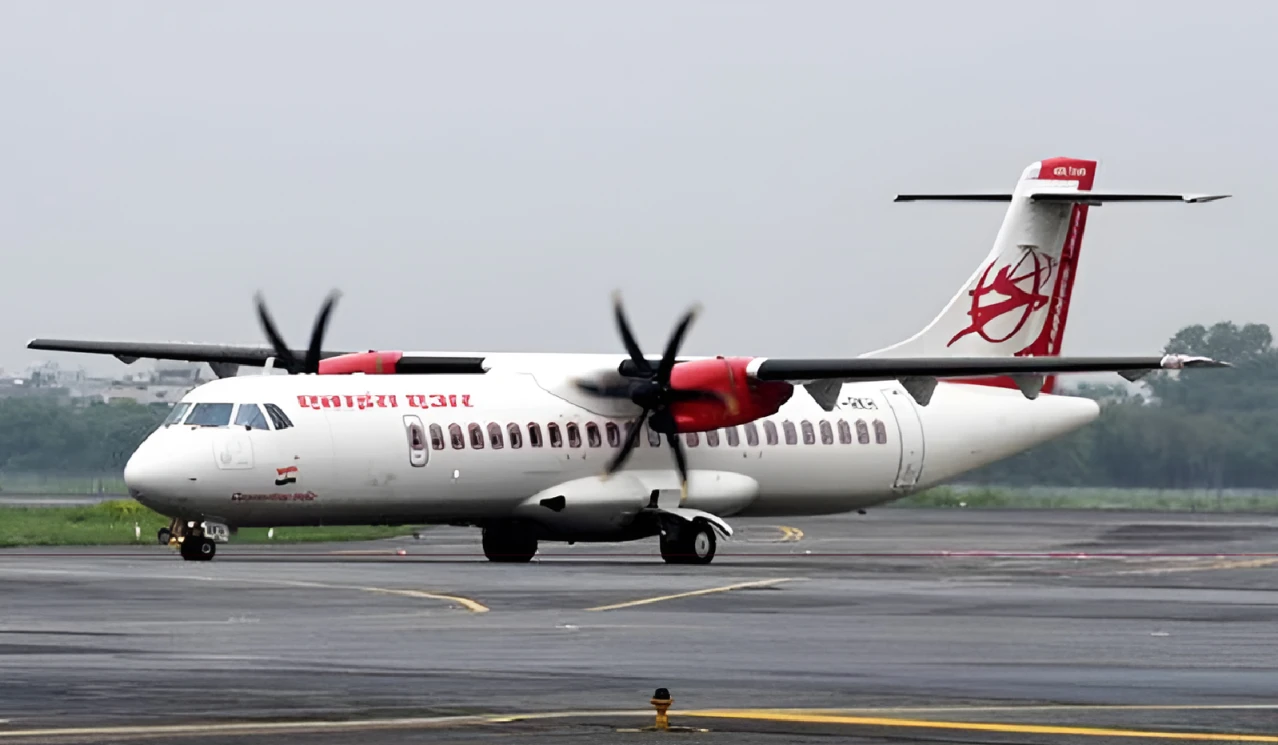UDAN aims to connect Tier-2 and Tier-3 cities and underserved regions of India with major cities, boosting regional connectivity and economic development.
Key Features of the UDAN (Ude Desh Ka Aam Nagrik) Scheme
- Launch: In Oct, 2016 under National Civil Aviation Policy 2016 with a market-driven yet financially supported model.
- Type: Central sector scheme
- Goal: Boost air connectivity and infrastructure in remote/underserved areas; make flying affordable.
- Benefits
- Subsidized seats for passengers: Travel fee is capped (initially it was capped to Rs.2500- per passenger).
- Support to Airlines: Government compensates in the form of Viability Gap Funding (VGF) to airlines for losses due to low fares.
- Funding Mechanism: Regional Connectivity Fund (RCF), financed by levies on select domestic flights, facilitates self-financing mechanism of scheme by funding VGF.
- Implemented By: Ministry of Civil Aviation
Challenges in implementing UDAN Scheme:
- Financial Sustainability & VGF Dependence: Heavy reliance on subsidies; airlines struggle to break even on low-demand routes.
- Infrastructure Deficiencies: Many regional airports lack terminal capacity, navigational aids, runway length, ATC systems, and ground services
- Operational Hurdles: High operating costs due to inconsistent passenger demand, inadequate infrastructure, and route unviability.
- Policy & Regulatory Gaps: Poor coordination between central/state governments and stakeholders; delays from regulatory bottlenecks and land acquisition issues.
Key Achievements of UDAN (2016–2025):
|




